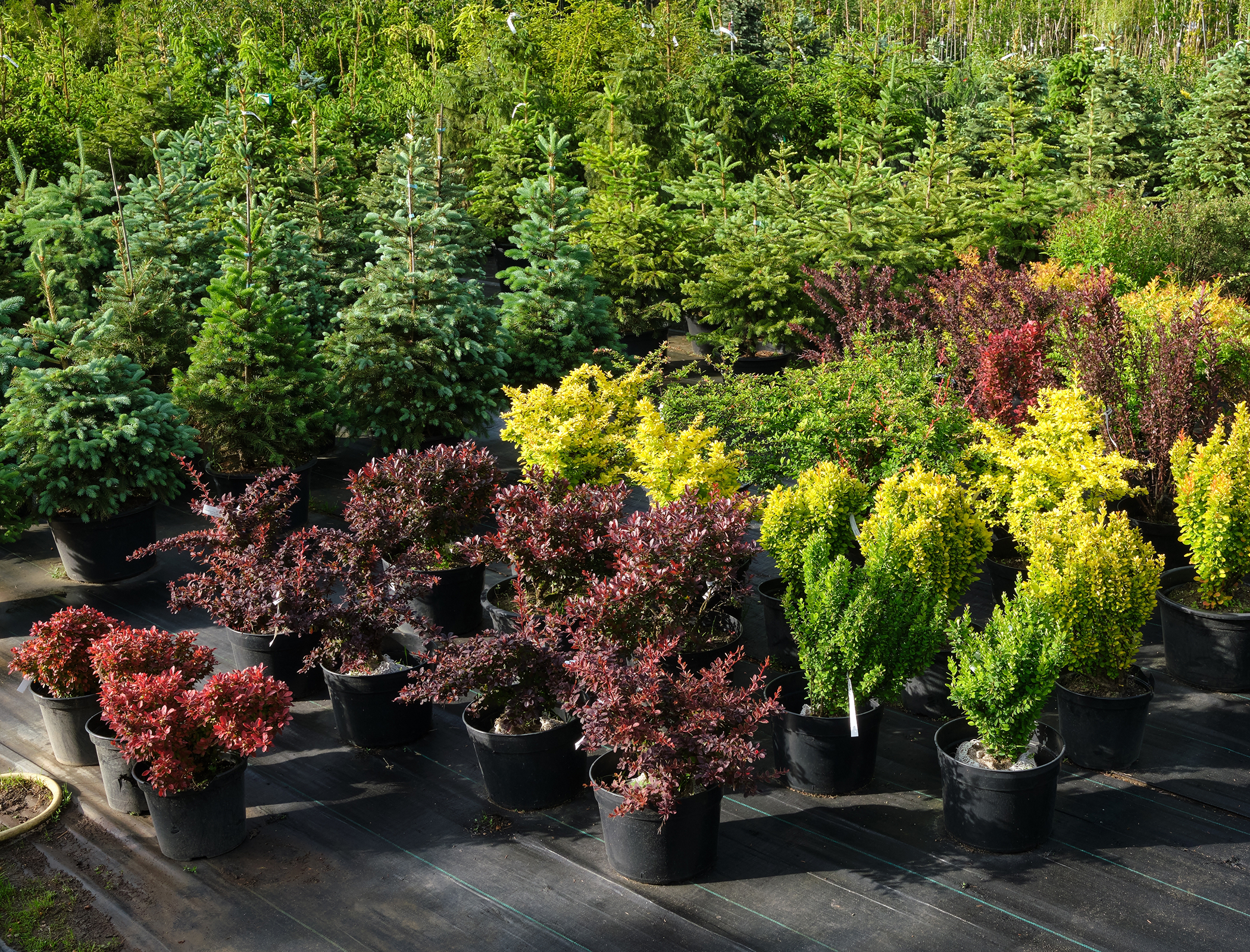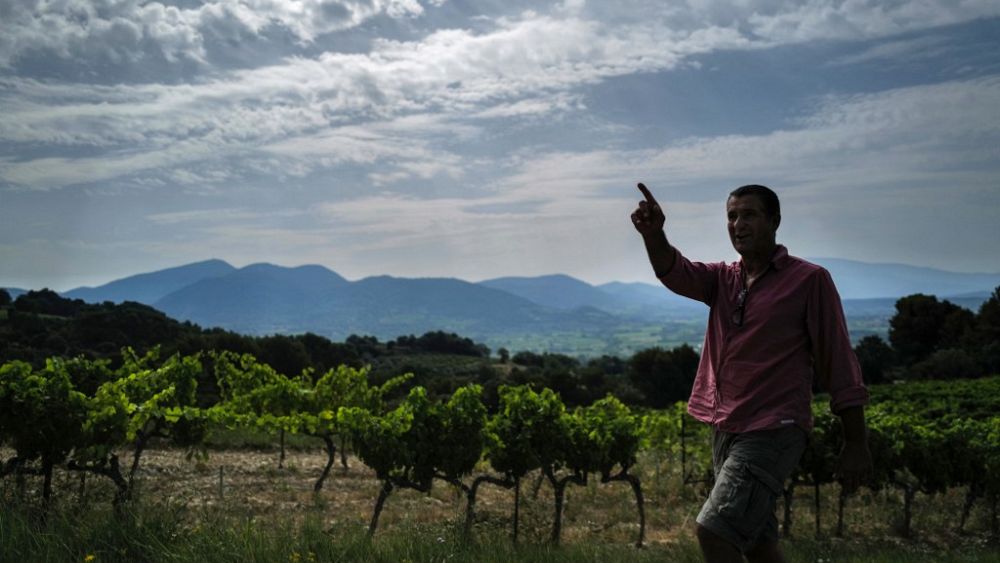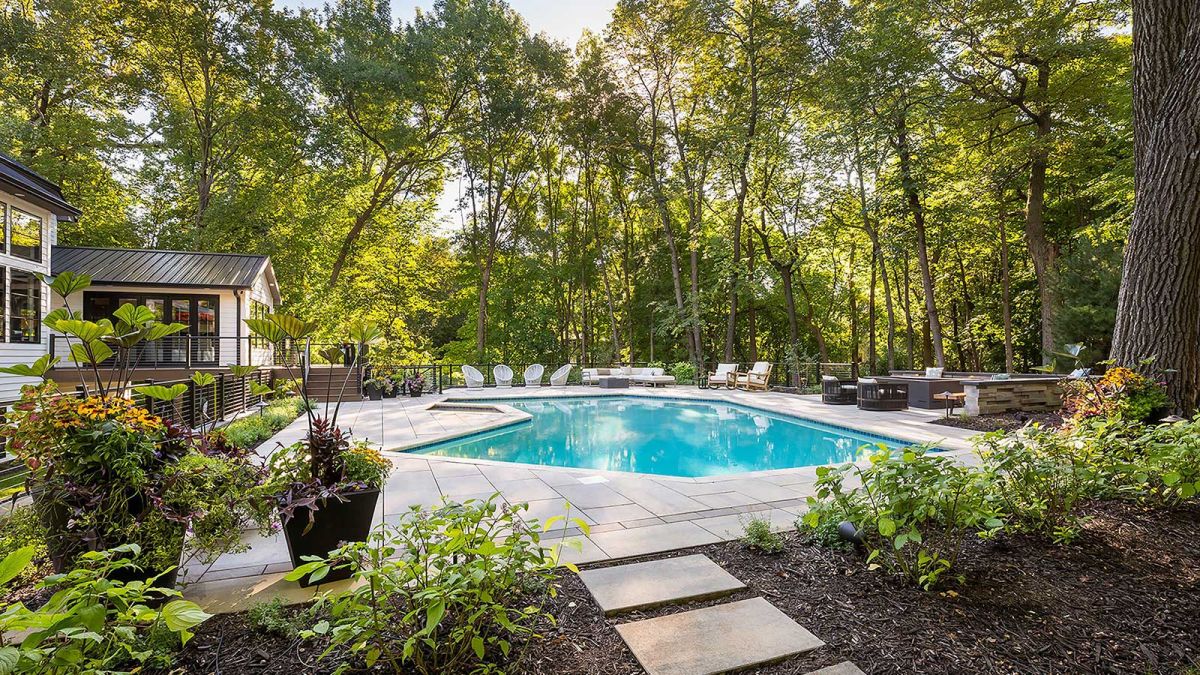USDA Asks Public to Assist Examine Timber for Asian Longhorned Beetle
Contacts:
Rhonda Santos
301-204-2515
Rhonda.J.Santos@usda.gov
Suzanne Bond
301-851-4070
Suzanne.M.Bond@usda.gov
WASHINGTON, [Date], 2023—The U.S. Division of Agriculture (USDA) declares August as “Tree Examine Month” for the Asian longhorned beetle (ALB). USDA and its companions are asking the general public to test their timber for this invasive insect and the harm it causes and restrict the motion of ALB-host supplies, reminiscent of firewood. August is a very powerful time of 12 months to search for the beetle as a result of it’s when individuals are almost definitely to see grownup beetles.
The ALB is an invasive, wood-boring beetle that assaults 12 kinds of hardwood timber in North America, reminiscent of maples, elms, buckeyes, birches, and willows. Infested timber don’t get well and ultimately die. Infested timber additionally turn into security hazards since branches can drop and timber can fall over, particularly throughout storms. In its larval stage, the insect feeds inside tree trunks and branches, creating tunnels because it feeds, then adults chew their means out within the hotter months, leaving about 3/4-inch spherical exit holes. As soon as they exit a tree, they feed on its leaves and bark earlier than mating and laying eggs, which creates one other era of tree-killing beetles.
“You’ll be able to assist us defend extra timber and remove the beetle from the US. In the event you take a stroll, have a look,” stated Josie Ryan, APHIS’ Nationwide Operations Supervisor for the ALB Eradication Program. “The earlier we spot the beetle, the earlier we might help cease its unfold.”
The grownup beetle has distinctive markings which are straightforward to acknowledge:
A shiny, black physique with white spots which are about 1” to 1-1/2” lengthy.
Black and white antennae which are longer than the insect’s physique.
Six legs and ft that may seem bluish in coloration.
Indicators {that a} tree is likely to be infested embrace:
Spherical exit holes in tree trunks and branches in regards to the measurement of a dime or smaller.
Egg websites which are shallow, oval, or spherical wounds within the bark the place sap may weep.
Sawdust-like materials referred to as frass discovered on the bottom across the tree or on the branches.
Branches or limbs falling from an in any other case healthy-looking tree.
HOW YOU CAN HELP:
You’ll be able to assist cease the unfold of the ALB and remove it by checking timber and limiting the motion of ALB-host supplies, reminiscent of firewood. Doing this retains infestations from spreading to new areas. In the event you take a stroll, have a look!
Report it: In the event you suppose you discovered a beetle or tree harm, report it by calling the ALB hotline at 1-866-702-9938 or submitting a web-based report at www.AsianLonghornedBeetle.com. Attempt to {photograph} the ALB or tree harm. In the event you can, seize the beetle in a sturdy container and freeze it, which helps protect the insect for identification. Then report it.
Scale back unfold: In the event you dwell in an ALB quarantine space, please preserve the tree-killing pest from spreading. Comply with state and federal legal guidelines, which prohibit the motion of woody materials and untreated firewood that could possibly be infested.
It’s doable to eradicate ALB. The ALB program eradicated beetle infestations in Illinois; Boston, Massachusetts; New Jersey; Brooklyn, Queens, Manhattan, Staten Island, and Islip in New York; and a portion of East Fork State Park, and Stonelick and Monroe townships in Ohio. This 12 months’s efforts will deal with inspecting timber for free of charge to property homeowners in quarantined areas in Worcester County in Massachusetts; central Lengthy Island in New York; Clermont County in Ohio; and Charleston and Dorchester counties in South Carolina.
For extra details about the ALB and the eradication efforts, go to www.AsianLonghornedBeetle.com. For native inquiries or to talk to your USDA State Plant Well being Director, name 1-866-702-9938.
Further Info



